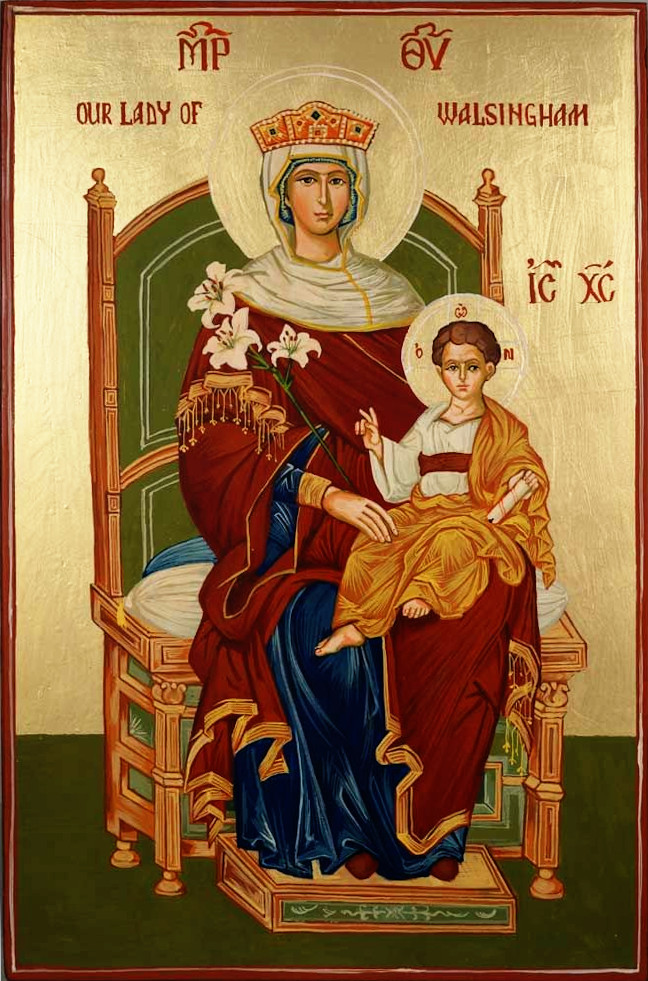It seems fitting that so early in the year, we would celebrate the feast day of one of the first monastic saints to set foot among the heathen English. The seventh of January is dedicated to the memory of Saint Peter, one among the companions of Saint Augustine of Canterbury and one of the first witnesses to the Christian faith before Æþelberht King of Kent.
The monk Peter, probably an Italian by birth, was despatched from Rome in 597, being part of the first Gregorian mission led by Saint Augustine. He was apparently fairly close to Saint Laurence, and also held in quite high trust by Saint Augustine. Peter was sent together with Laurence back to Rome to report on his progress to Pope Gregory, and also to obtain guidance as to certain pastoral questions that arose among his new English converts.
Venerable Bede here recounts his abbacy – the first at the monastery of Saint Peter and Saint Paul in Canterbury – his embassy to France, his death at sea and his burial.
Having been granted permission to establish his episcopal see in the royal capital, as already recorded, Augustine proceeded with the king’s approval to repair a church which he was informed had been built long ago by Roman Christians. This he hallowed in the Name of our Saviour, God and Lord Jesus Christ, and established a dwelling for himself and his successors nearby. He also built a monastery a short distance to the east of the city, where at his suggestion, Æþelberht King founded a church dedicated to the blessed Apostles Peter and Paul, enriching it with many gifts. It was here that the bodies of Augustine and all the Archbishops of Canterbury, and of the Kings of Kent were to rest. This church was not consecrated by Augustine himself, however, but by Laurence his successor.It seems that his passing at sea happened on the sixth of January, and his interment in the church in Boulogne on the thirtieth of December. Most traditional authorities place his death sometime between 605 and 611, but primary source evidence indicates that Peter of Canterbury was alive in 614 at the convocation of a local council in Paris. Abbot Peter was venerated locally in Boulogne-sur-Mer throughout the Middle Ages, as well as in Canterbury as a saint. Having been found trustworthy in small things he was placed in charge of greater, and being loyal to Christ and His Church in England until his passing he gained his place in the kingdom. Holy abbot Peter, pray unto Christ our God for our salvation!
The first abbot of this monastery was the priest Peter, who was sent on an embassy to Gaul, and was drowned at sea in a bay called Amfleat [i.e., Ambleteuse], where the local inhabitants buried him without honour. But as evidence of his holy life, Almighty God caused a heavenly light to appear over his grave every night, until local people saw it, and realising that a holy man lay buried there, they made enquiries as to whose the body might be. Then they took up the body, and interred it in a church in the city of Boulogne with the honours due to so great a man.














No comments:
Post a Comment